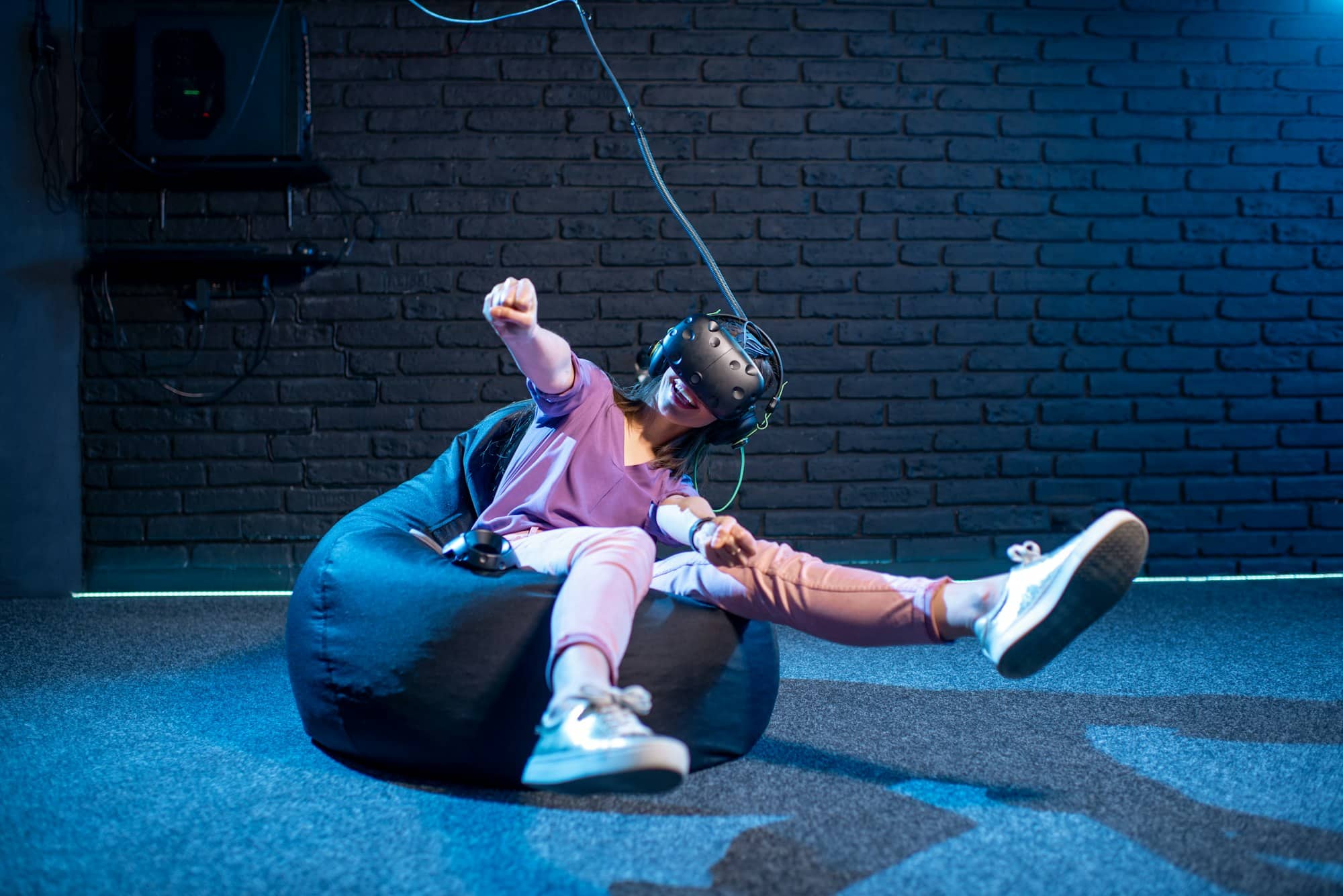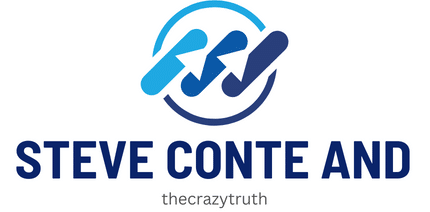What Is the Role of Virtual Reality in Pain Management for Burn Victims?

In the world of modern medical science, innovative and immersive technologies like virtual reality (VR) are playing an increasingly pivotal role in managing pain for patients with wounds, especially burn victims. VR therapy, a cutting-edge technique, uses the power of immersive experience to distract patients’ brains, allowing them to gain better control over their pain.
The Science Behind Pain Perception
The sensation of pain has a profound psychological component. The brain takes a crucial role in interpreting nerve signals as painful. In the case of burn patients, the wound induces a massive amount of pain signals, which gets transported to the brain, causing a high degree of discomfort. Traditional pain medications do a great job of interrupting this signal transmission, but they aren’t without shortcomings. They carry the risk of complications and can lead to dependence over time.
Dans le meme genre : Can Incorporating Active Play in Primary Schools Improve Overall Children’s Health Indices?
Hence, alternative therapies are gaining ground, and one such promising area is virtual reality. This technology works by manipulating the brain’s perception, providing a distraction that helps patients manage their pain better. But how exactly does it do this?
Virtual Reality as a Distraction Therapy
In the realm of pain management, distraction has been reported to be an effective tool. Distraction therapy reduces the amount of attention paid to the pain, thus diminishing its perceived intensity. The immersive nature of VR makes it an extremely effective distraction, especially for patients who are dealing with acute or chronic pain.
A voir aussi : Are There Health Benefits to a Diet Rich in Insect Protein for Individuals with Meat Allergies?
Studies conducted on the effectiveness of VR as a distraction tool have yielded promising results. For instance, a clinical study reported in Google Scholar and PubMed found that burn victims who engaged in a virtual reality game experienced a significant reduction in their pain levels.
During VR therapy, patients wear a headset that immerses them in a virtual environment. The virtual world serves as an engaging distraction that keeps the patient’s mind occupied, reducing the amount of attention they pay to their pain. It is also reported that the more immersive and captivating the virtual experience, the more effective the distraction and, consequently, the greater the reduction in pain.
How Virtual Reality Influences the Brain
The brain is a magnificent organ with a significant capacity for adaptability, known as neuroplasticity. This characteristic is what VR therapy capitalizes on. The immersive experience of VR encourages the brain to change and adapt, reorganizing its neural pathways. This process can result in the reduction of perceived pain.
The impact of VR on the brain’s pain response is a fascinating area of study. Neuroimaging studies have shown that VR therapy can indeed result in actual changes in brain activity. These changes correspond to a decrease in pain perception, indicating that the brain is not merely being distracted but is actively responding to VR.
Virtual Reality as a Complementary Therapy for Pain Management
While VR is not a cure for pain, it is a powerful tool that can complement traditional pain management strategies. It is particularly beneficial for patients who have difficulty managing their pain with drugs alone. For burn victims, VR can provide a much-needed reprieve from the constant pain they experience.
However, it is important to remember that VR therapy should be used in conjunction with, not as a replacement for, traditional pain management techniques. VR can also play a significant role in patient care by reducing the stress and anxiety related to chronic pain.
Case Studies on the Use of Virtual Reality for Pain Control
Several case studies support the use of VR as an effective tool for pain control. One of these is a study conducted with burn victims wherein participants reported a significant reduction in pain during VR sessions. The participants not only reported lower pain scores but also an improved quality of life.
Another study involved patients with phantom limb pain, a condition where patients experience pain in a limb that has been amputated. The study found that VR therapy, where patients could see and use a virtual version of their missing limb, significantly reduced their pain.
Such valuable insights go a long way in establishing VR as a viable option for pain management in burn victims, and indeed, for anyone experiencing chronic pain. As scholars continue to study this area, it is likely that VR will find an even more prominent place in the toolbox of pain management strategies.
Overall, virtual reality provides a novel approach to pain management that taps into the brain’s remarkable ability to adapt and change. It offers a non-drug alternative for pain control, which can be particularly beneficial for burn victims and other patients dealing with chronic pain. As technology continues to evolve, it’s exciting to think where this path might lead us next!
Expanding the Scope of VR Therapy for Pain Relief
The growing success of virtual reality in pain management is expanding its application beyond burn victims. Driven by the positive results seen in burn patients, researchers are exploring its potential use in other areas of pain management, such as dealing with procedural pain, phantom limb pain, and chronic pain conditions.
Google Scholar and PubMed have published numerous studies detailing how VR has helped patients undergoing painful procedures, such as dressing changes in wound care, by redirecting their focus from the pain. For instance, in a trial conducted at the University of Washington, Seattle, USA, patients who used VR during wound dressing changes reported significantly lower pain scores than those who didn’t.
In another study, VR was used as an adjunct to physical therapy in patients suffering from chronic pain. The immersive virtual environment provided an engaging distraction, allowing patients to push through their therapy sessions with less discomfort.
The use of VR therapy has also proved effective in managing phantom limb pain, a challenging condition to treat using conventional methods. A study published in Google Scholar Hoffman reported that when patients interacted with a virtual version of their amputated limb, they experienced a significant decrease in pain.
These varied applications of VR in pain management highlight its versatility as a therapeutic tool. By tapping into the brain’s neuroplasticity and distracting the brain from pain, VR offers a non-pharmacological alternative for managing various forms of pain.
Conclusion: The Future of Virtual Reality in Pain Management
We are only scratching the surface of what virtual reality can offer in terms of pain management. As the technology becomes more sophisticated and accessible, its role in healthcare is poised to grow exponentially. As Google Scholar Hoffman and Patterson found, VR therapy can significantly reduce subjective pain, anxiety, and worst pain ratings among burn victims.
The success of VR in managing burn pain is opening up new avenues for its use. From procedural pain during wound care to the management of chronic conditions and rehabilitation, VR is proving to be a valuable tool.
However, it’s crucial to remember that VR is not a stand-alone solution but a complement to traditional pain management techniques. It provides an additional layer of pain control, particularly for patients who struggle to manage their pain with medication alone.
Given the potential of VR in pain management, more research is needed to understand its full capabilities better and how best to use it. With the ongoing studies and clinical trials, there is a promise of more refined VR-based therapies that can further enhance patient care.
In conclusion, virtual reality is reshaping the landscape of pain management. By harnessing the immersive power of VR to distract the brain and curb pain perception, we are moving towards a future where pain control is not just about medication but about creating a more holistic approach that taps into the incredible adaptability of our brains. VR is not just a high-tech novelty; it’s a transformative tool that is altering the way we approach pain, offering new hope to burn victims and beyond.
